Yoga Blog
Discover the Dynamic Flow: A Beginner’s Guide to Vinyasa Yoga Practice
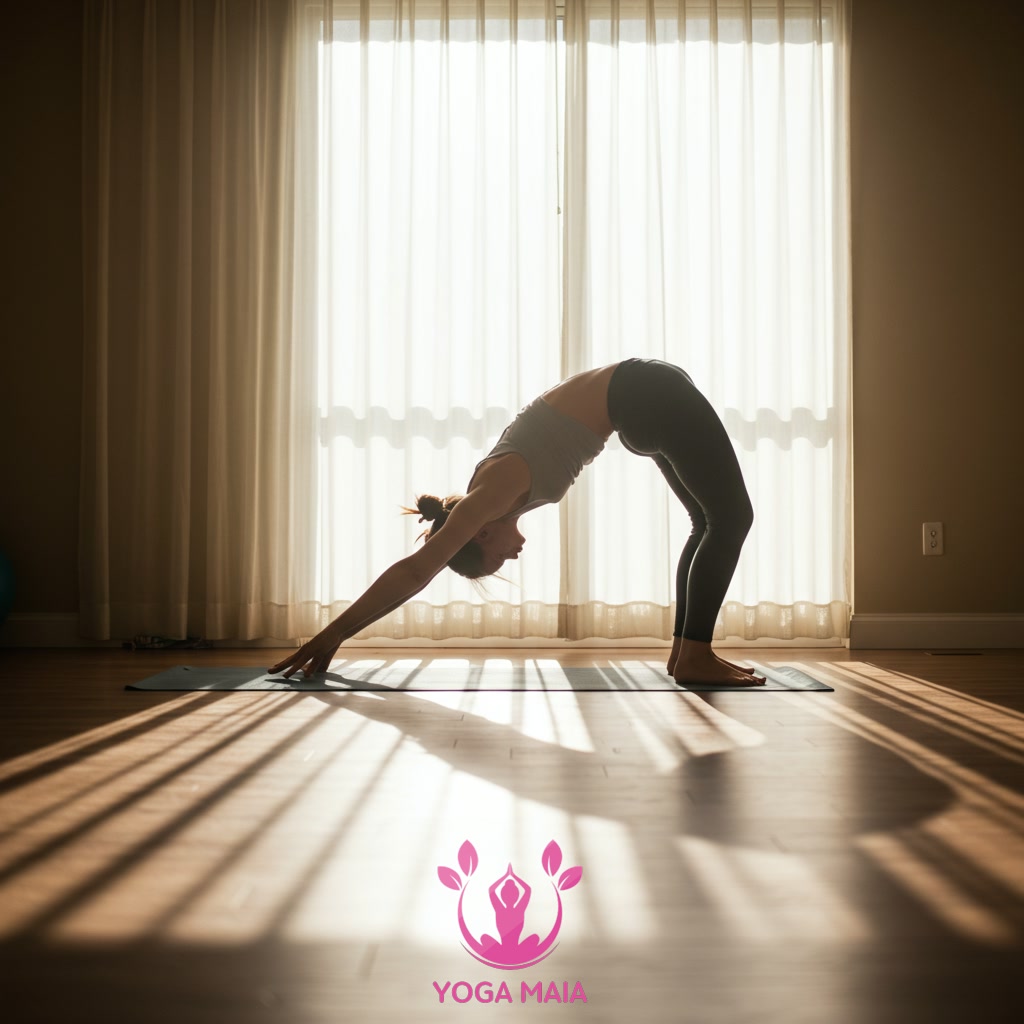
This content provides an introduction to Vinyasa yoga for those just starting out. It delves into the dynamic flow characteristic of this popular style of yoga practice. The aim is to provide beginners with the foundational understanding and approach needed to explore its continuous movements and sequences. It’s designed to help newcomers discover the benefits of engaging in this flowing form of yoga.
Table of Contents
- Section 1: What is Vinyasa Yoga? Understanding the Dynamic Flow
- Section 2: The Breath-Movement Connection: Synchronization is Key
- Section 3: Fundamental Poses and Transitions for Beginners
- Section 4: Tips for Your First Vinyasa Class or Home Practice
- Section 5: Discovering the Benefits of a Regular Vinyasa Practice
Section 1: What is Vinyasa Yoga? Understanding the Dynamic Flow
Vinyasa yoga is a popular style characterized by its dynamic and flowing sequences of poses, known as asanas. The core principle of Vinyasa is the synchronization of breath with movement. You move from one pose to the next on either an inhale or an exhale, creating a continuous, almost dance-like flow. Unlike some other yoga styles, Vinyasa sequences can vary widely from class to class or teacher to teacher, offering variety and adaptability. This emphasis on linking breath and movement not only builds physical heat and strength but also helps to quiet the mind and cultivate mindfulness. Understanding Vinyasa is essentially grasping this concept of ‘flow state’ – moving with intention and breath.
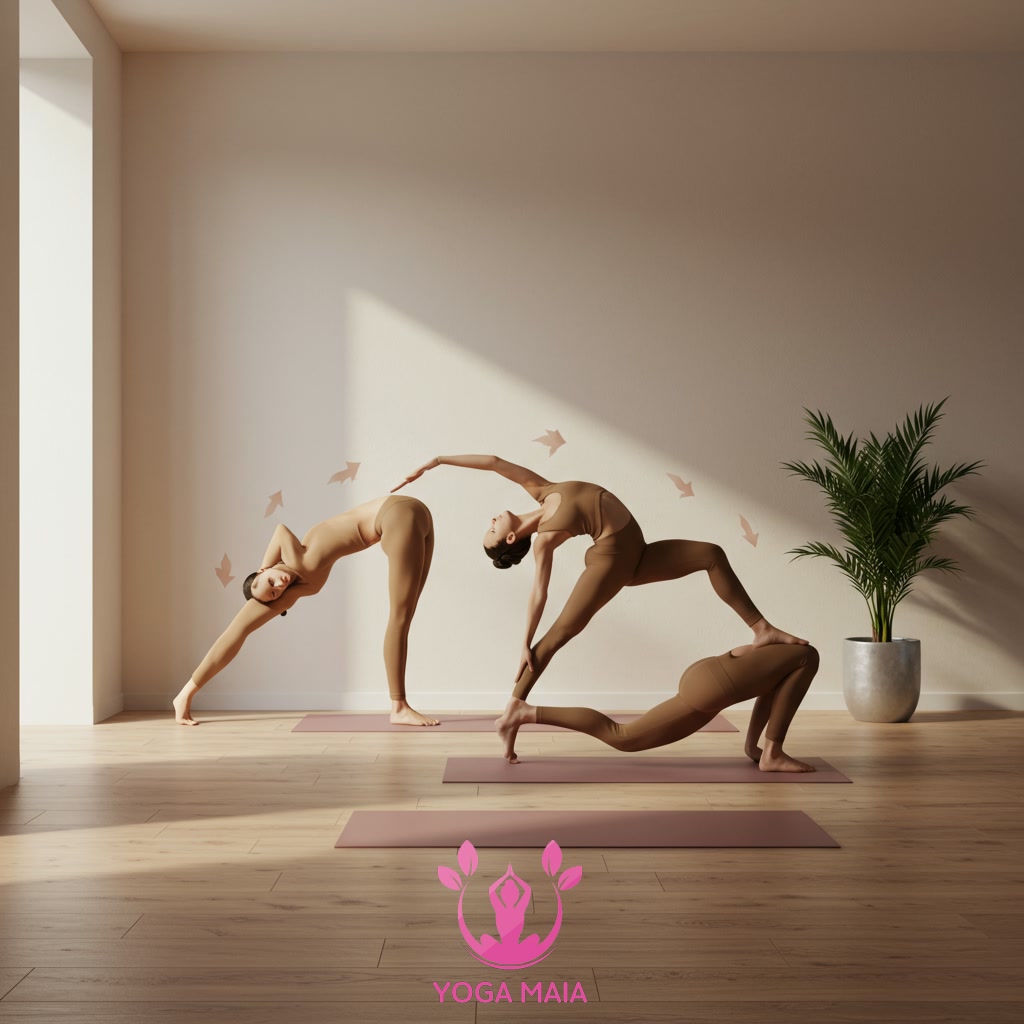 What is Vinyasa Yoga? Understanding the Dynamic Flow
What is Vinyasa Yoga? Understanding the Dynamic Flow
Section 2: The Breath-Movement Connection: Synchronization is Key
At the heart of Vinyasa yoga is the principle of synchronizing your breath with your movement. This means that each inhale and exhale is paired with a specific action or transition between poses. For instance, you might inhale as you lift your arms overhead and exhale as you fold forward. This deliberate connection creates a continuous, flowing sequence, turning the practice into a moving meditation. By linking breath and movement, you establish a rhythm that not only guides you smoothly from one pose to the next but also helps to calm the mind and deepen your focus. This conscious breathing, known as Ujjayi breath, provides energy for the movements and helps regulate the internal heat generated during the practice, making the ‘breath-movement connection’ truly the key to unlocking the dynamic flow of Vinyasa.
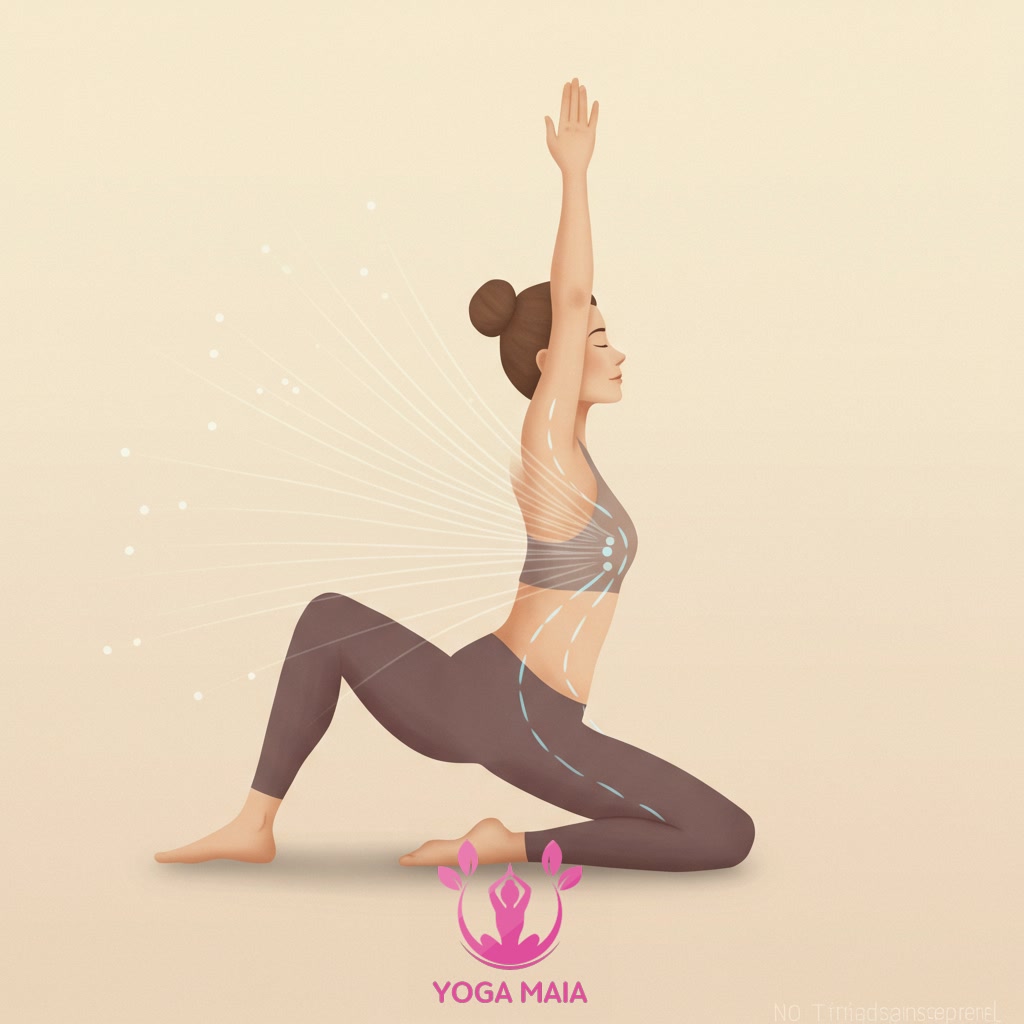 The Breath-Movement Connection: Synchronization is Key
The Breath-Movement Connection: Synchronization is Key
Section 3: Fundamental Poses and Transitions for Beginners
Building upon the principle of syncing breath and movement, this section introduces fundamental poses and how they connect in a Vinyasa flow. Beginners will start with foundational postures like Mountain Pose (Tadasana), Forward Fold (Uttanasana), and Downward-Facing Dog (Adho Mukha Svanasana). These poses serve as anchors or starting points within sequences. The dynamic aspect of Vinyasa comes alive through smooth transitions between these shapes, often linked by a specific sequence involving Plank Pose, Chaturanga (low plank), Upward-Facing Dog (Urdhva Mukha Svanasana), and returning to Downward-Facing Dog. Understanding these core shapes and practicing mindful movement between them is key to navigating the continuous ‘flow’ characteristic of Vinyasa practice, allowing you to build strength and flexibility.
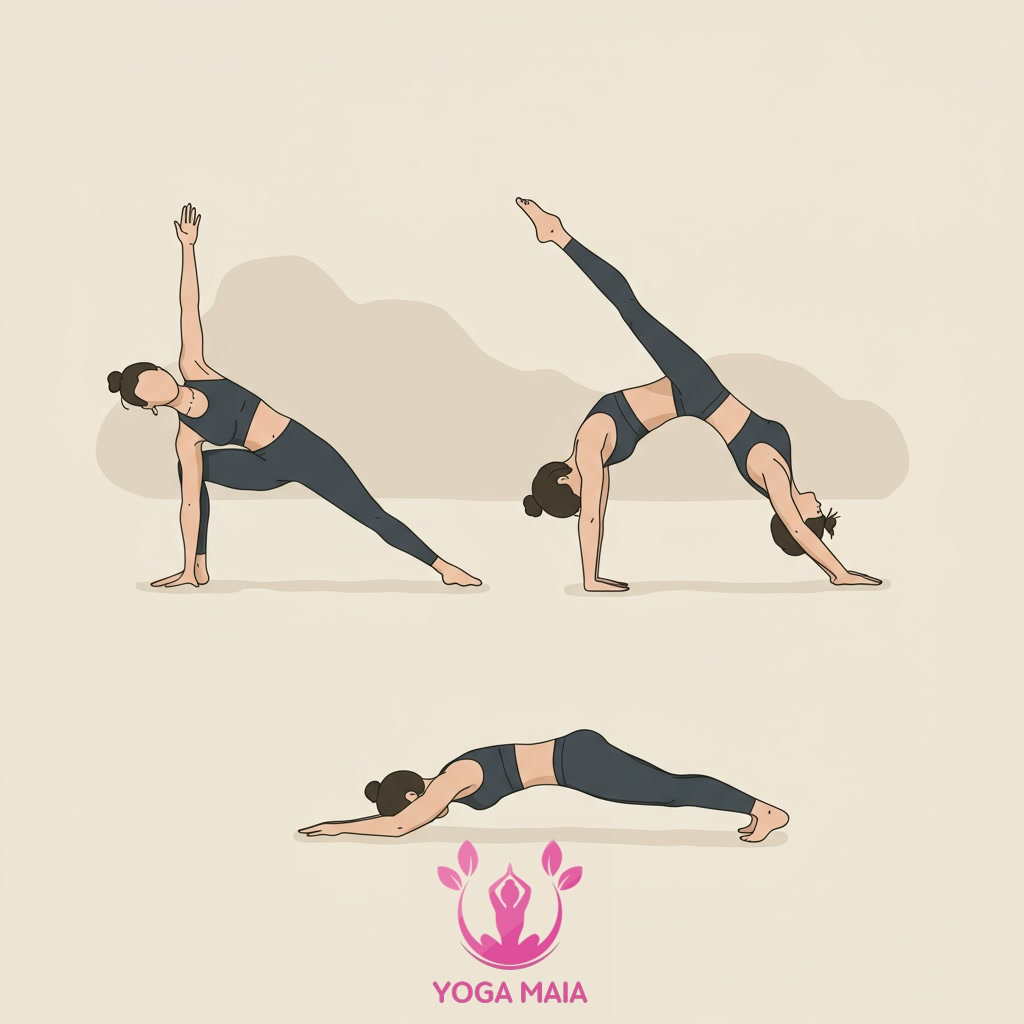 Fundamental Poses and Transitions for Beginners
Fundamental Poses and Transitions for Beginners
Section 4: Tips for Your First Vinyasa Class or Home Practice
As you embark on your first Vinyasa yoga class or home practice, remember that it’s perfectly fine to move at your own pace. Listen closely to your body, and don’t hesitate to take breaks in Child’s Pose whenever needed – this is a welcomed part of the practice. Arriving a few minutes early allows you to settle in and perhaps briefly chat with the instructor about any concerns or physical limitations. Don’t feel pressured to keep up with others; focus on connecting your breath with your movement, even if that means skipping a pose or modifying it. Utilizing props like blocks or straps is encouraged to make poses more accessible and comfortable. Wear comfortable clothing that allows for easy movement, and stay hydrated before and after practice. Consistency is more important than perfection when you’re starting out.
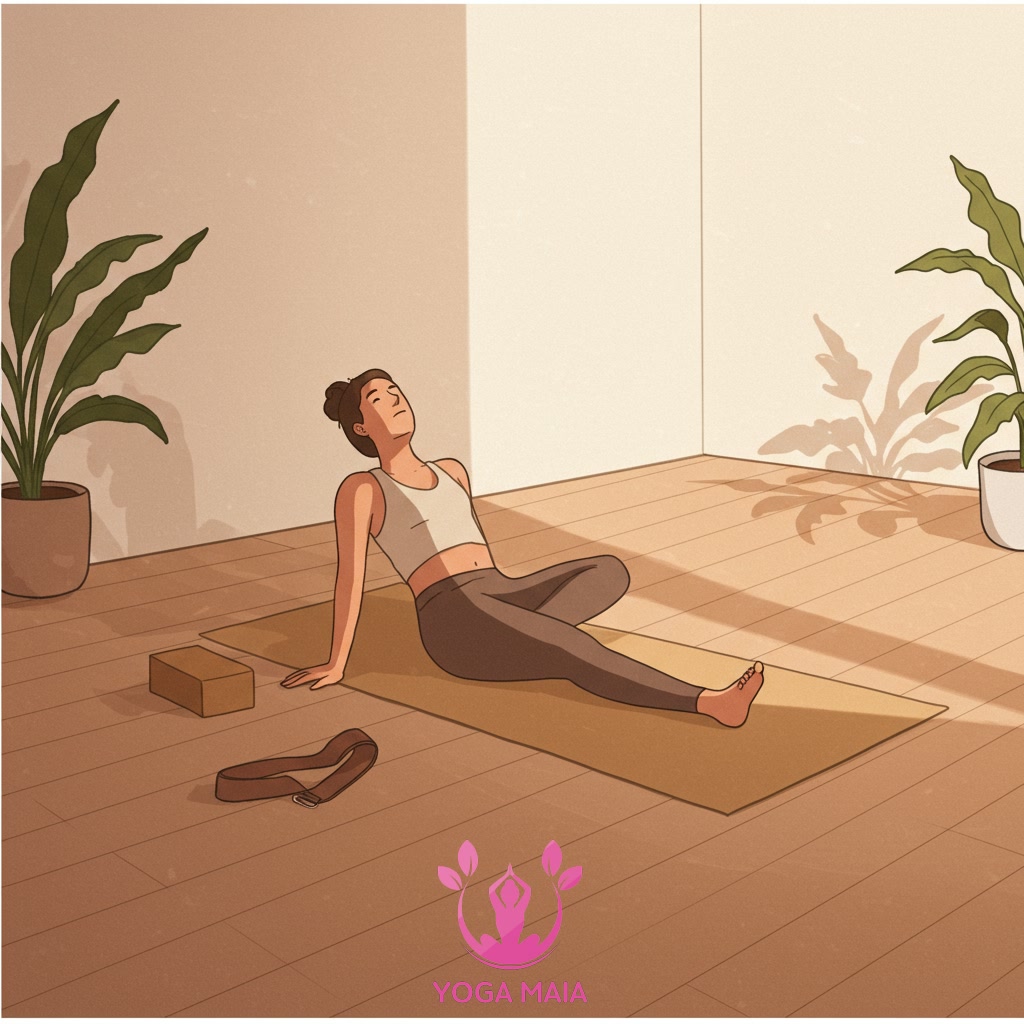 Tips for Your First Vinyasa Class or Home Practice
Tips for Your First Vinyasa Class or Home Practice
Section 5: Discovering the Benefits of a Regular Vinyasa Practice
Building upon the foundation of listening to your body and moving mindfully, a regular Vinyasa practice offers a wealth of benefits that unfold over time. Consistently engaging with the dynamic flow helps to significantly increase both physical strength, particularly in core and stabilizing muscles, and overall flexibility, improving your range of motion. Beyond the physical gains, the rhythmic connection between breath and movement cultivates mental clarity and reduces stress, serving as an active form of meditation. With consistent practice, you may also experience improved cardiovascular health, enhanced balance, and a deeper sense of peace and self-awareness, making your time on the mat a truly rewarding investment in your well-being.
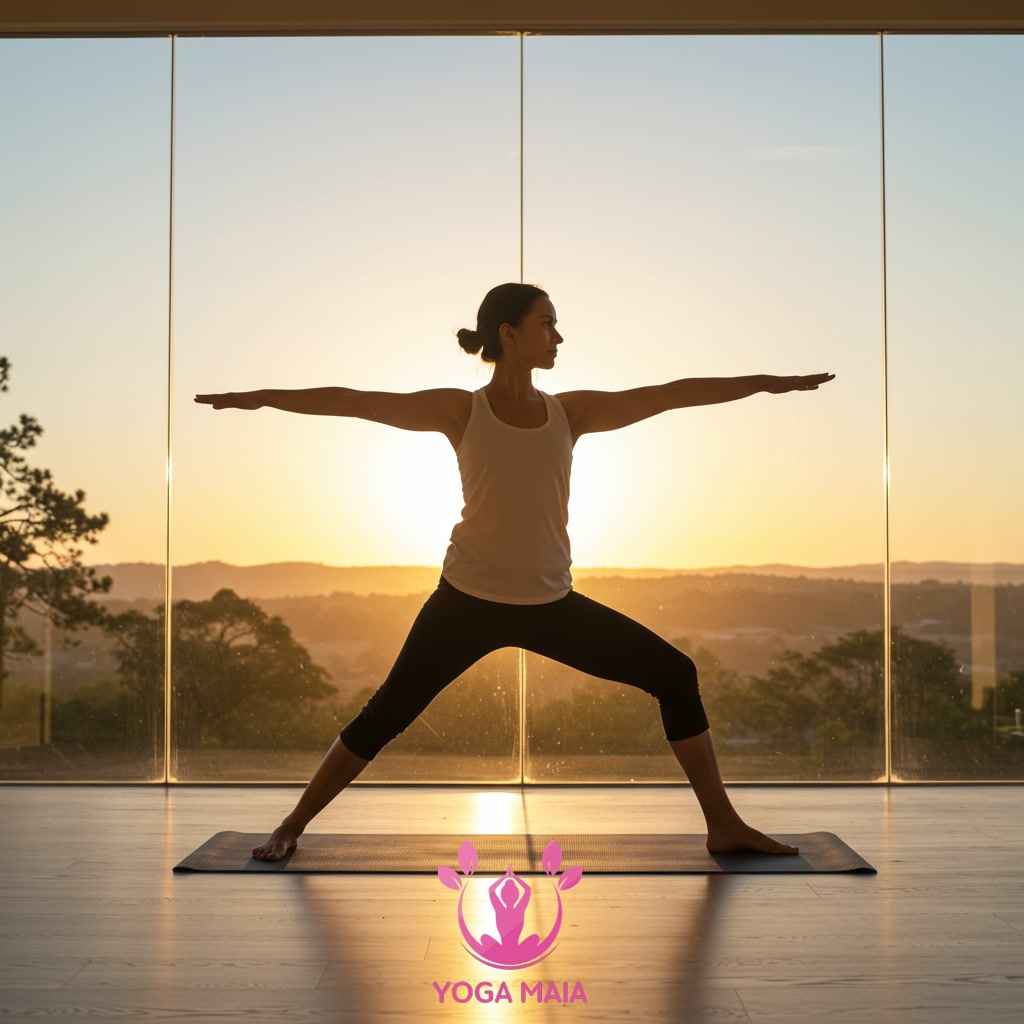 Discovering the Benefits of a Regular Vinyasa Practice
Discovering the Benefits of a Regular Vinyasa Practice












